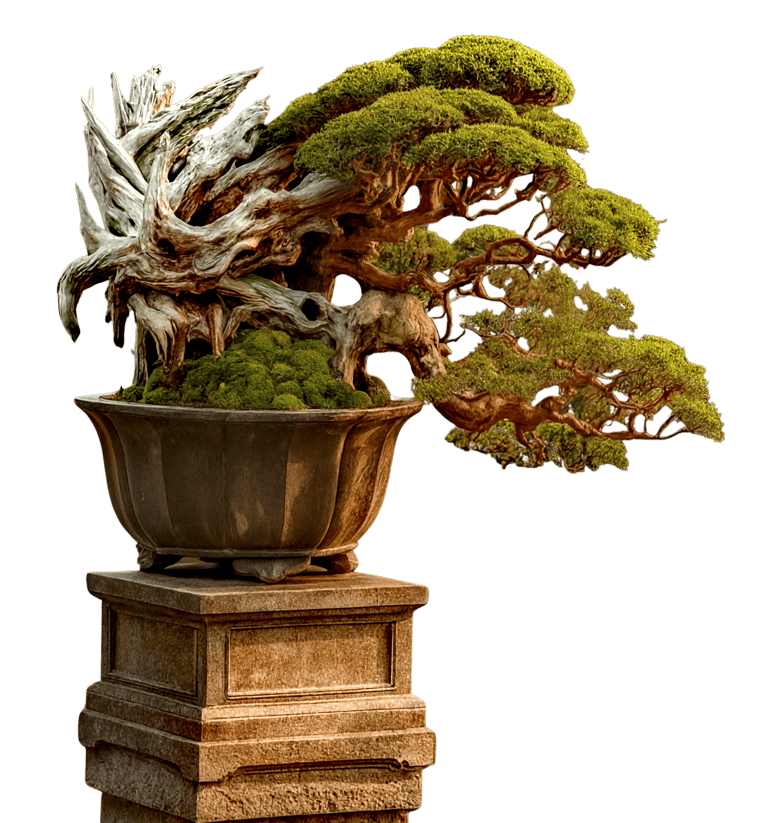About Us
Imperial Bonsai curates living works of art that transcend time. Rooted in centuries-old tradition, yet reimagined for today’s refined lifestyles, our collections embody serenity, sophistication, and enduring beauty.
At Imperial Bonsai, we help collectors transform their pieces into sanctuaries, where tradition meets contemporary refinement.
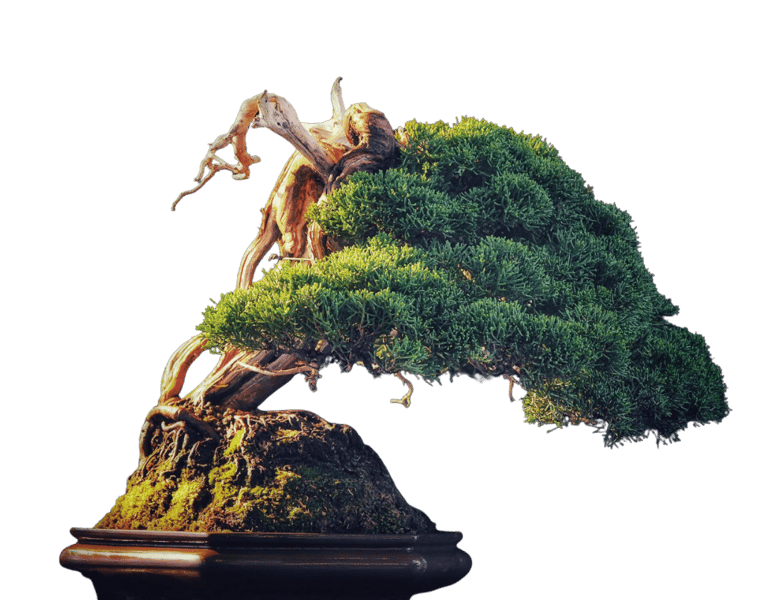

Imperial Bonsai - where elegance finds its roots.
Our Promise
Tradition: Rooted in heritage, respecting the wisdom of centuries.
Luxury: Each bonsai is chosen with the discerning collector in mind.
Lifestyle: A natural fusion with modern interiors, bringing stillness and elegance into daily life.
Exclusivity: Every Imperial Bonsai piece is one-of-a-kind, cared for with precision and artistry.
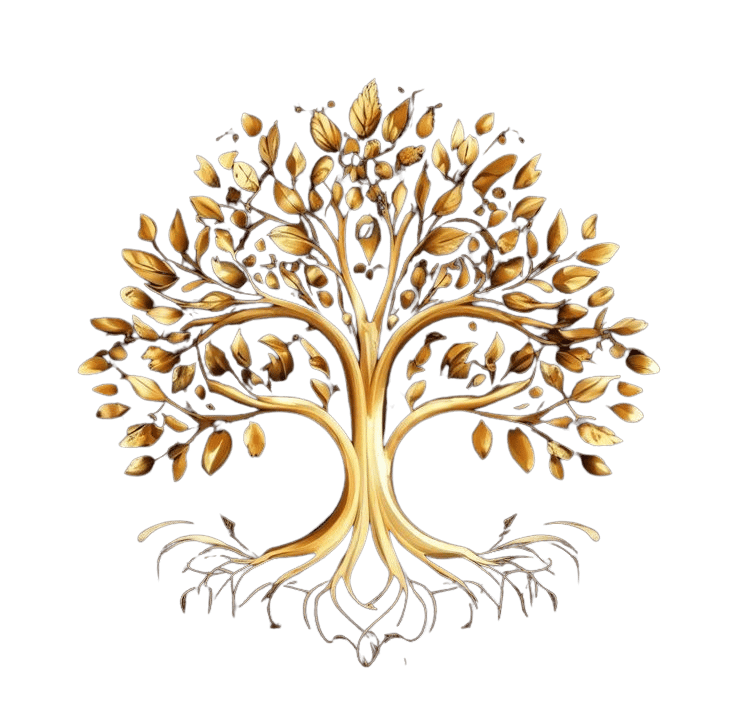

Our Services
Expert bonsai care and design blending Asian tradition with modern elegance in Singapore.
Bespoke Bonsai Sourcing
We specialize in bespoke bonsai sourcing, handpicking rare and unique trees tailored to each client’s vision.
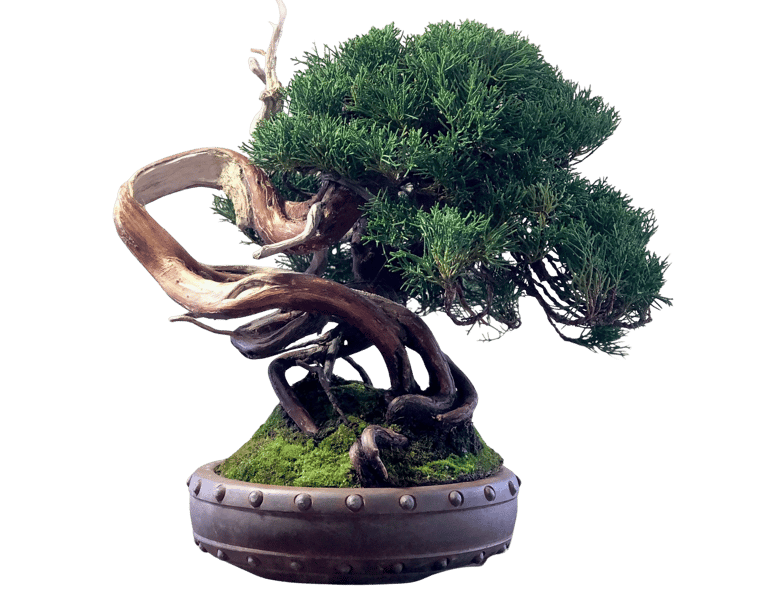

Premium Bonsai Retail
We offer premium bonsai, expertly curated and styled to bring timeless beauty and elegance to any space.
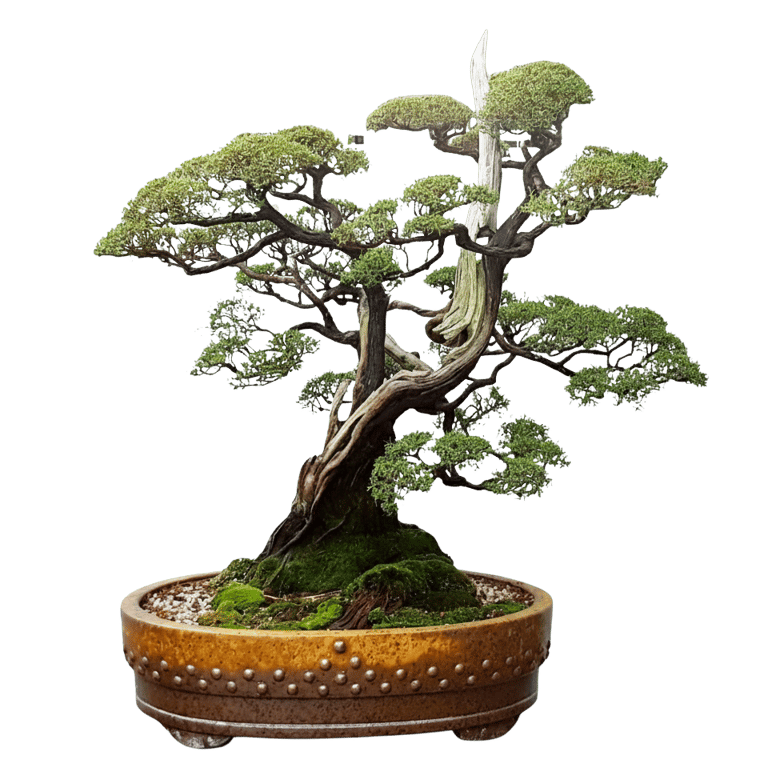

Accessories Retail
We provide premium bonsai accessories, from elegant pots to care tools, designed to complement and enhance every tree.
Home Bonsai Landscaping
We create bespoke home bonsai landscapes, blending artistry and nature to transform living spaces with harmony and elegance.
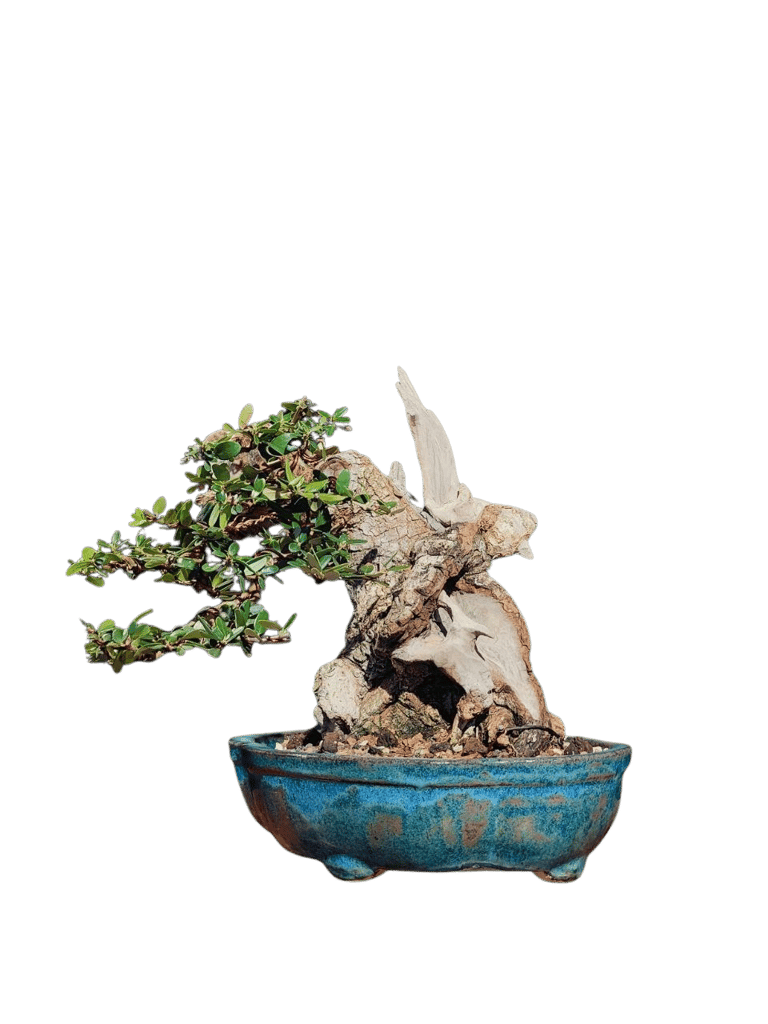

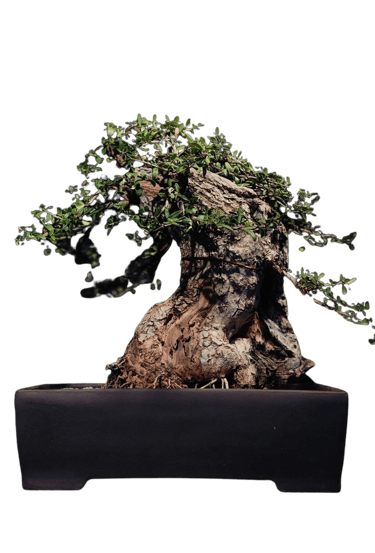

Quiet Luxury, crafted in every bonsai
Gallery
Explore our elegant bonsai collection with modern Asian flair
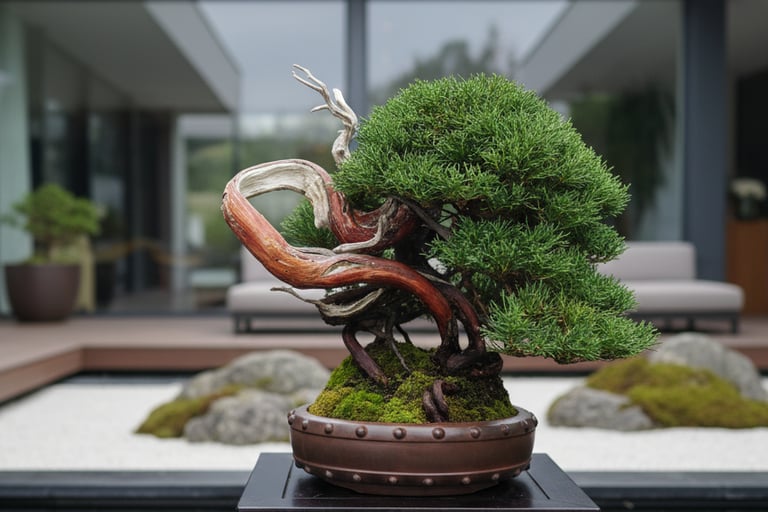













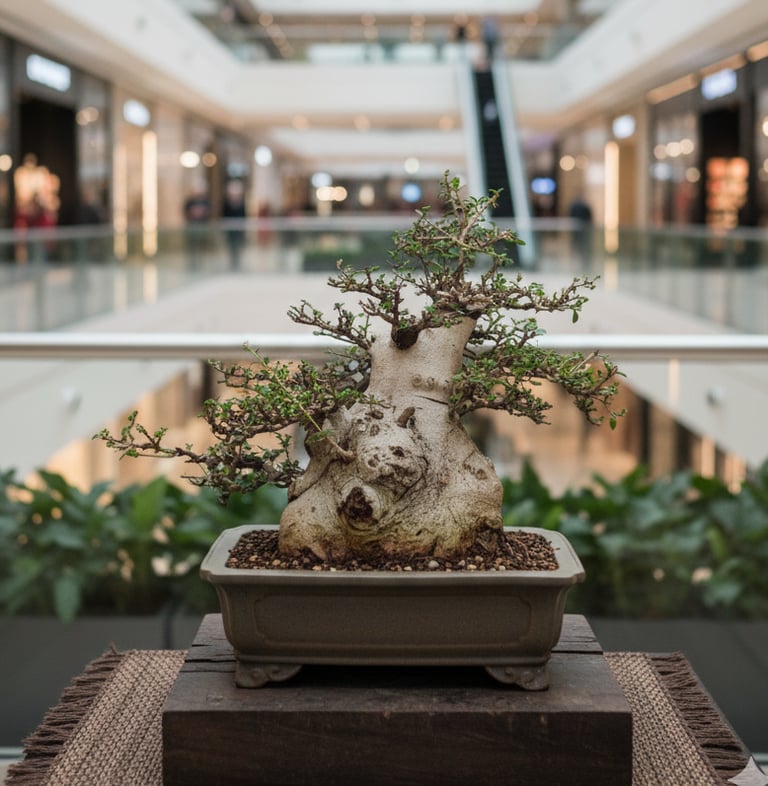











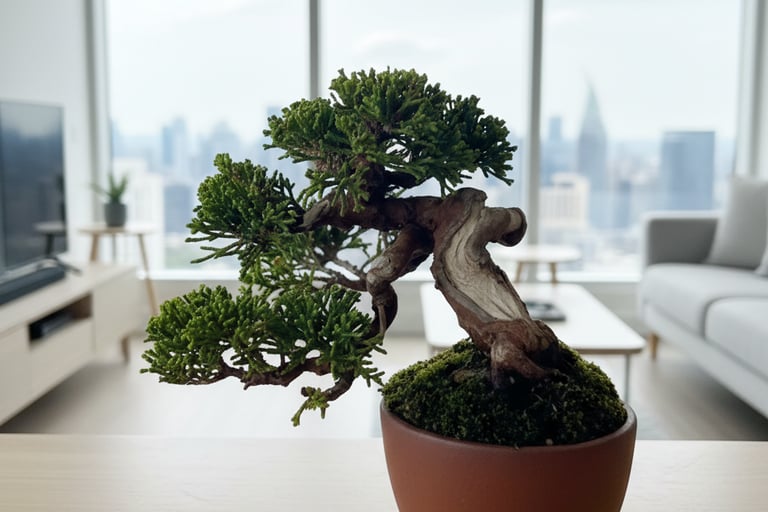



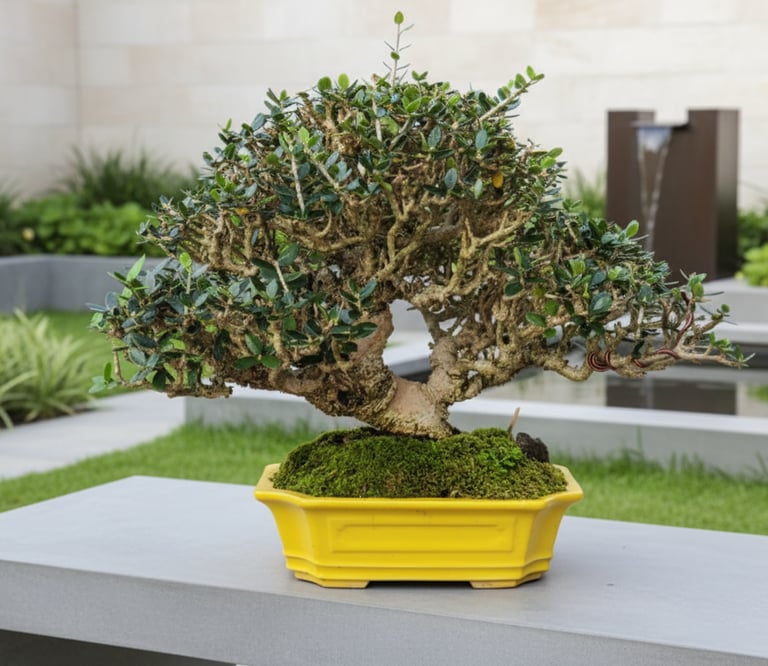



Connect with the Art of Timeless Living.
Get in Touch with Imperial Bonsai
Imperial Bonsai understands collectors who appreciate refinement, heritage, and timeless artistry.
Whether you’re seeking your first tree or curating a refined collection, we are here to guide and share.
Reach out to us for a personal conversation, and experience the quiet luxury of bonsai, crafted with heart and distinction.
